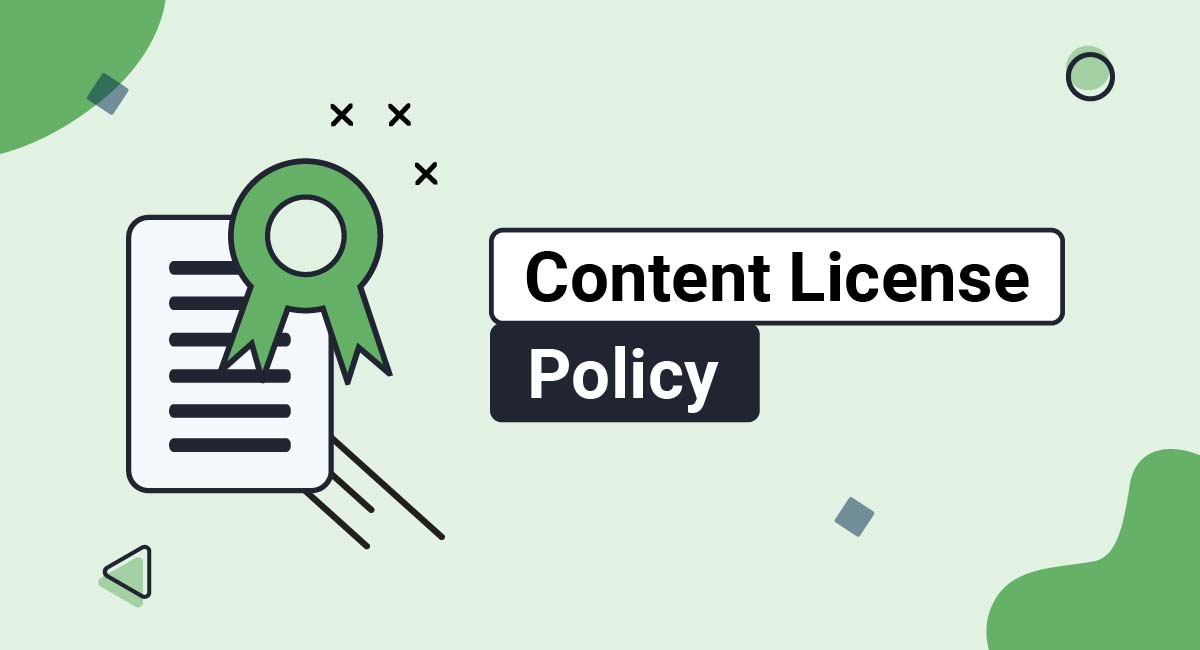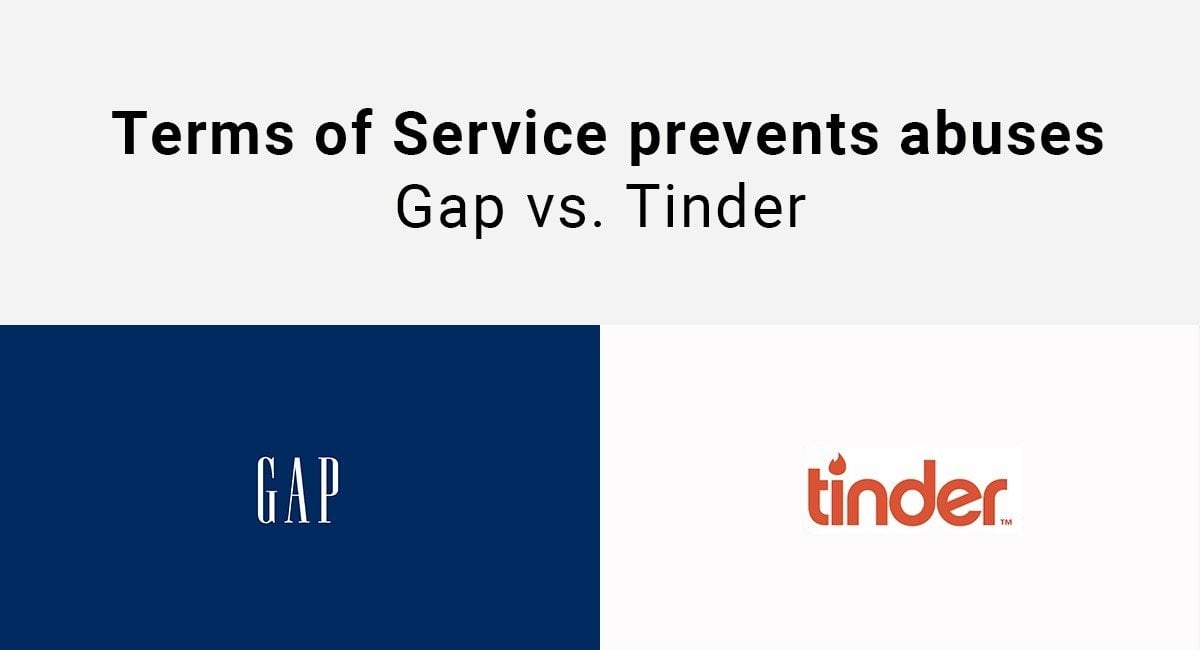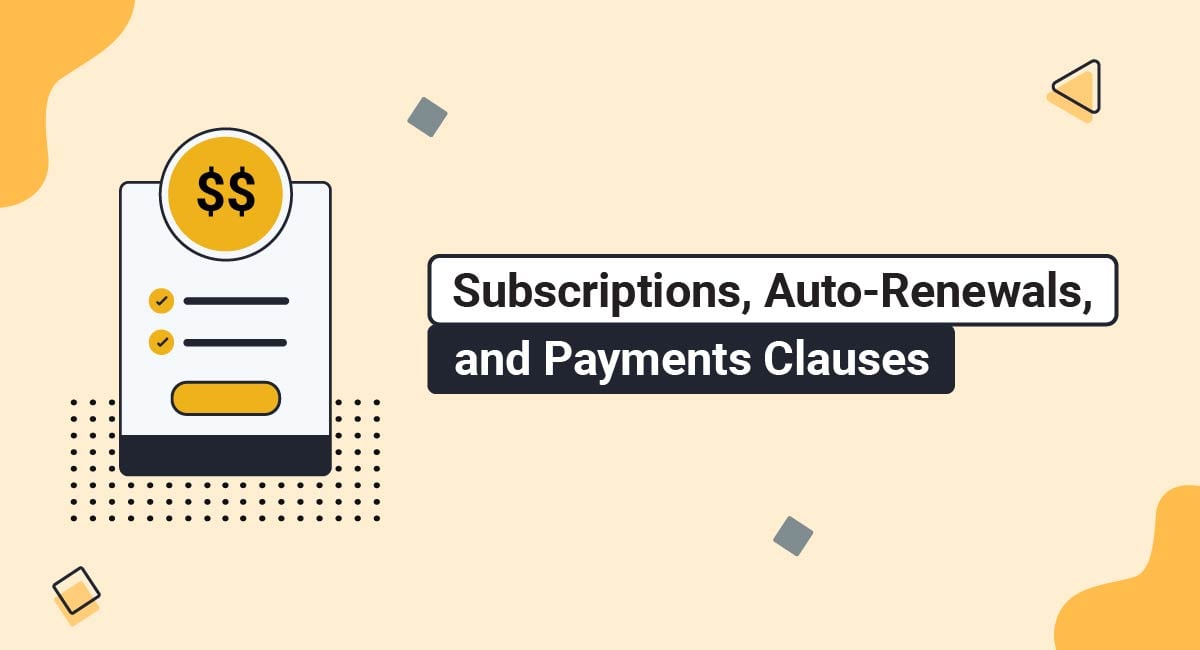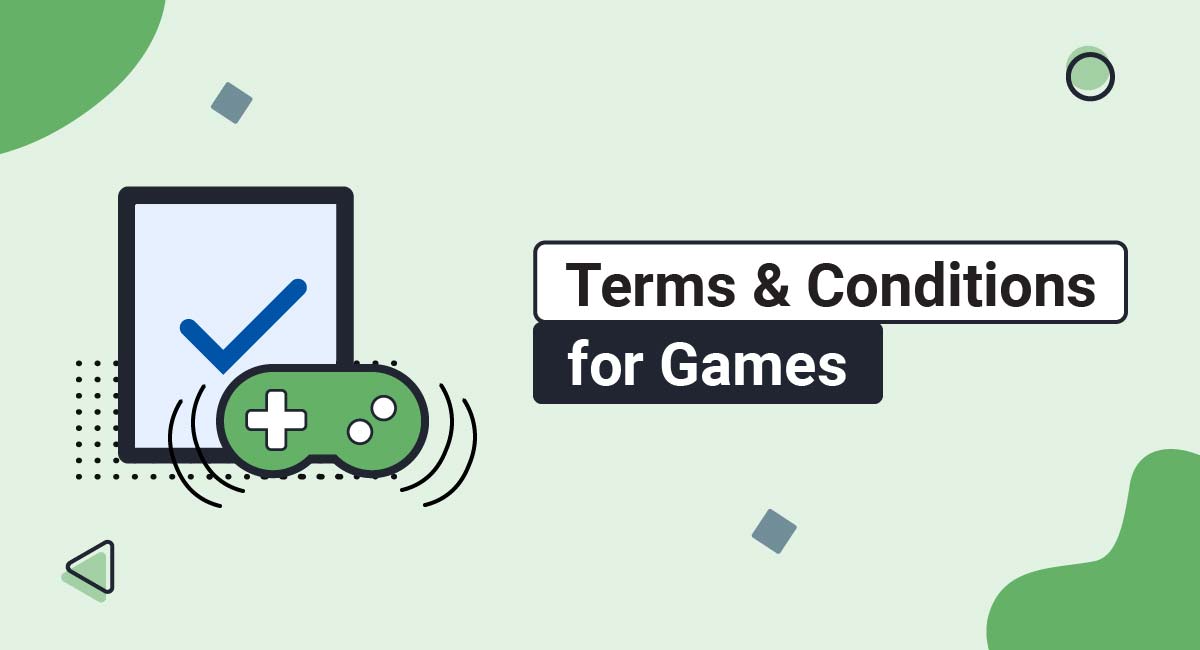Content License Policies (also known as Content License Agreements) are legal documents that outline the rights and limitations surrounding the use, distribution, and modification of your content. As businesses continue to expand their online presence and create new content, understanding these documents has become increasingly important.
By establishing clear Content License Policies, you can safeguard your intellectual property and foster trust with clients, partners, and users alike.
In this article, we'll delve into the key components of effective Content License Policies and provide valuable insights into crafting policies that not only protect your business interests, but also maintain transparency and foster a positive relationship with your audience.
We'll also show you how to create and display your own Content License Policy.
What customers say about TermsFeed:
This really is the most incredible service that most website owners should consider using.
Easy to generate custom policies in minutes & having the peace of mind & protection these policies can offer is priceless. Will definitely recommend it to others. Thank you.
- Bluesky's review for TermsFeed. Read all our testimonials here.
With TermsFeed, you can generate:
- 1. What is a Content License Policy?
- 2. Why You Should Have a Content License Policy for Your Website
- 2.1. Protecting Your Intellectual Property
- 2.2. Clarifying User Restrictions
- 2.3. Demonstrating Transparency
- 2.4. Complying with Legal Requirements
- 2.5. Encouraging Collaboration
- 3. Common Types of Content Licenses
- 3.1. Copyright
- 3.1.1. Creative Commons
- 3.1.2. Royalty-Free
- 3.1.3. Rights-Managed
- 3.1.4. Public Domain
- 3.1.5. Open Source
- 4. What Should a Content License Policy Include?
- 4.1. Identification of Licensed Content
- 4.2. Payment Terms
- 4.3. Content Ownership
- 4.4. Allowed Use and Restrictions on Use of Content
- 4.5. Non-Transferable License
- 5. Should a Content License Policy Be Included Within a Privacy Policy?
- 6. Should a Content License Policy Be Included Within a Terms and Conditions Agreement?
- 6.1. Clearly Label the Section
- 6.2. Be Concise and Specific
- 6.3. Update as Needed
- 6.4. Prominently Display the Agreement
- 7. How to Display Your Content License Policy
- 7.1. Make it Visible
- 7.2. Use Clear Language
- 7.3. Use Headings and Subheadings
- 7.4. Incorporate Responsive Design
- 7.5. Update Users on Changes
- 7.6. Provide a Summary
- 7.7. Allow For Questions and Feedback
- 8. Summary
What is a Content License Policy?
A Content License Policy is a legal contract that enables organizations to repurpose or redistribute materials in a legitimate manner. Often referred to as a copyright license, this versatile solution empowers businesses to disseminate pre-existing content and enhance their reach across various platforms for the benefit of end-users.
Content License Policies address the legal ownership and utilization of intellectual property. The rights holder, which may be an individual or a company, grants permission to a third party to employ the content in exchange for monetary compensation or traffic referrals, among other considerations.
This legally binding contract delineates the terms and conditions governing the usage of specific intellectual property, including:
- Audio
- Data
- Images
- Software
- Text and documents
- Video
By entering into a content licensing agreement, your organization can access diverse forms of media, bolstering brand visibility and augmenting revenue streams.
For example, a marketing team tasked with developing a new company blog might rely on a Content License Policy to republish brand-related articles, images, and videos supplied by a third party.
Why You Should Have a Content License Policy for Your Website

While you may wish to adhere to another company's Content License Policy in order to use that organization's content, you may wish to write and post your own policy for several reasons.
Protecting Your Intellectual Property
A Content License Policy can help protect your intellectual property by clearly outlining the terms and conditions for the use of content. This can help prevent unauthorized use, reproduction, or distribution of it.
Here's how this can be clarified to users:
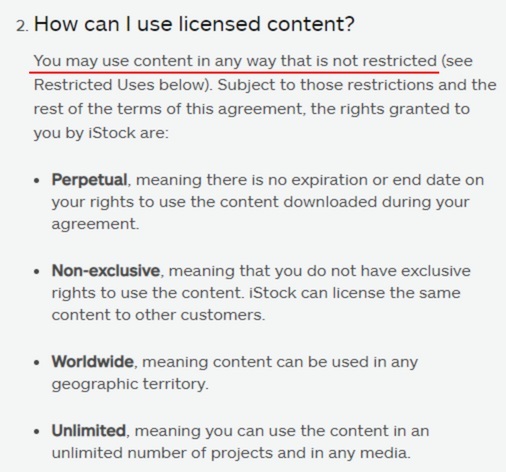
Clarifying User Restrictions
By publicly posting a Content License Policy, you can clarify what users are allowed to do with your content. This can help prevent confusion and disputes over its use.
Here's an example of this type of content:
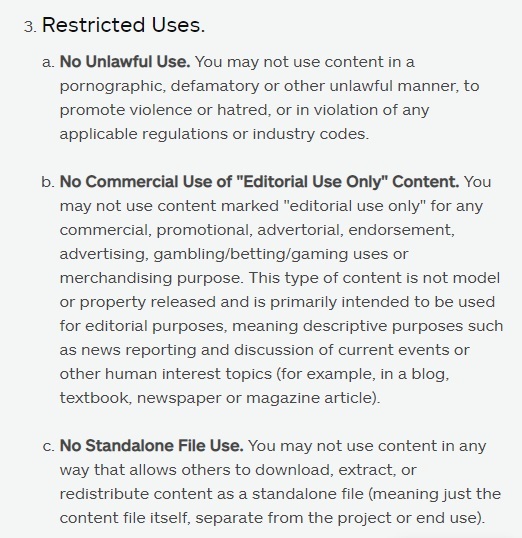
Demonstrating Transparency
A publicly posted Content License Policy can demonstrate that you're transparent about how you allow others to use your content. This can help build trust with your website's users and customers.
Consider posting a link to your Content License Policy in your site's footer along with other important policy links.
You can see how a Content License Policy link would fit nicely in a footer space, like here:

You can also link it within an in-app menu in a similar way, with other important things such as in a Settings menu, like here:
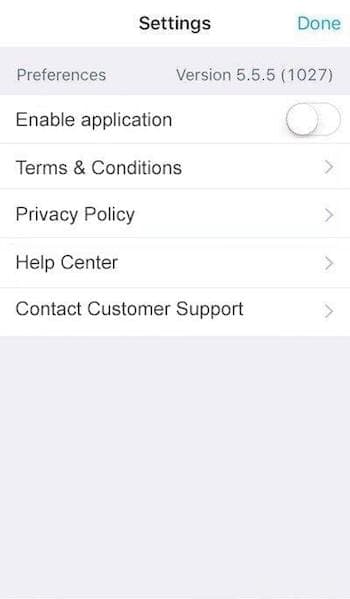
Complying with Legal Requirements
In some cases, you may be legally required to have a Content License Policy. For example, if you operate in a jurisdiction with specific laws or regulations related to intellectual property, you may need to have a policy in place to comply with those laws.
Encouraging Collaboration
By publicly posting a Content License Policy that allows for certain types of use, you can encourage collaboration and innovation with others who may want to use your content in creative ways. This can lead to new partnerships, products, and services.
Common Types of Content Licenses

When creating a Content License Policy, you can incorporate various types of licenses to cater to the needs of your users and protect your intellectual property. Some common types of content licenses include:
Copyright
A copyright license grants specific permissions to use, reproduce, or distribute copyrighted works. The license may have certain restrictions on usage, such as attribution, non-commercial use, or share-alike provisions.
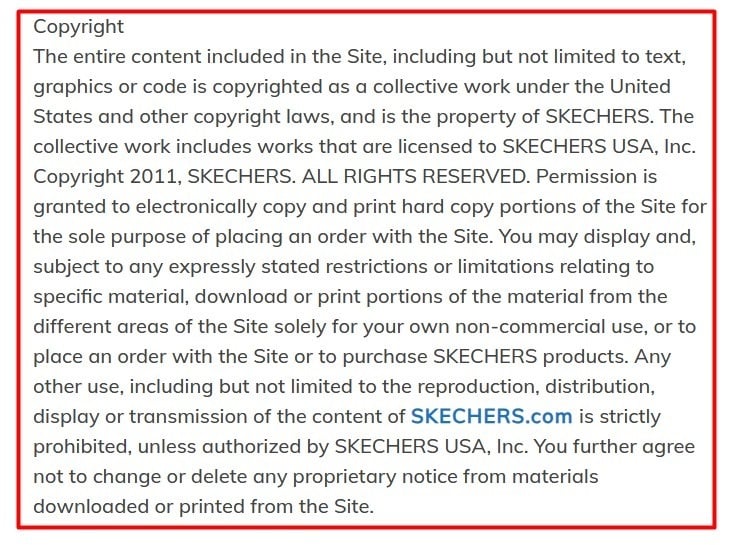
Creative Commons
Creative Commons licenses offer a flexible range of protections and freedoms to copyright holders. They allow creators to choose how others may use, share, and build upon their work. There are several types of Creative Commons licenses, each with different permissions and restrictions.
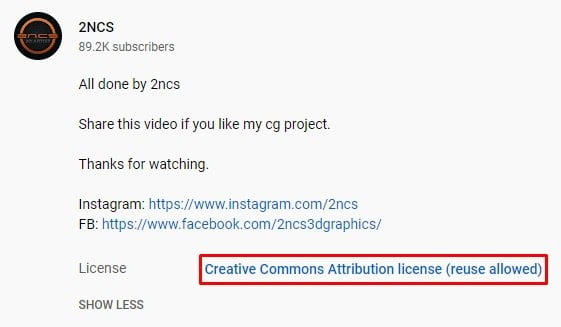
Royalty-Free
Royalty-free licenses allow users to pay a one-time fee for the right to use copyrighted material without paying ongoing royalties. This license typically allows for unlimited use, but may still come with restrictions, such as limitations on resale or modifications.
Rights-Managed
Rights-managed licenses grant permission to use content for a specific purpose, duration, and/or location. Users must negotiate terms with the copyright holder, and fees are typically based on the intended use. Any additional uses beyond the agreed-upon terms require a new license.
Here's how you can note how your permissions process works:
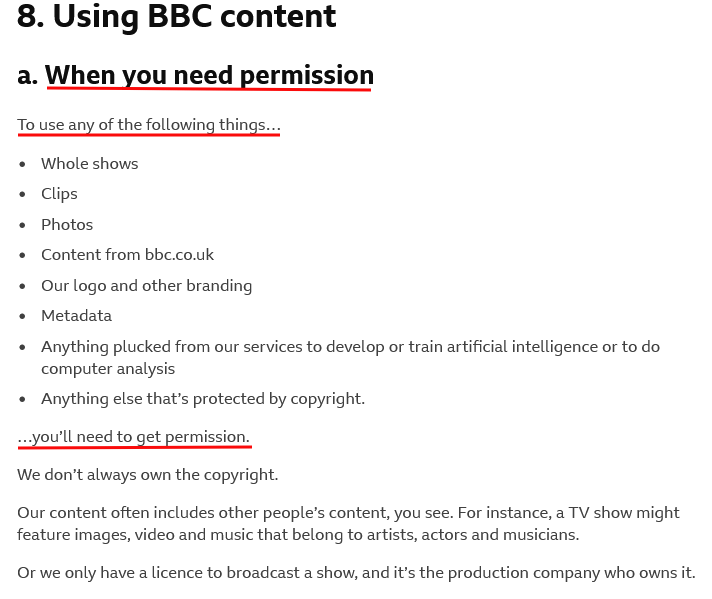
Public Domain
Public domain content is not protected by copyright law and can be used freely without obtaining permission or paying royalties. This may include works with expired copyrights, content created by government entities, or works explicitly dedicated to the public domain by their creators.
Open Source
Open source licenses primarily apply to software and allow for the distribution, modification, and use of source code. They foster collaboration and community-driven development, with various licenses offering different levels of freedom and restrictions.
What Should a Content License Policy Include?

Keep in mind that no two Content License Policies are likely to be identical. They can be complex documents and in most cases are customized to fit the needs of the specific business in question.
However, there are a few clauses that are commonly found in most. These typically include the following.
Identification of Licensed Content
In this section, the agreement should clearly specify the type of content being licensed to you. Be it a blog, video, image, or any other form of intellectual property, the contract needs to describe it accurately. Precise language is essential to ensure proper identification of the content in question.
For example, iStock provides a clause that identifies the types of content it licenses at the very beginning of its policy:
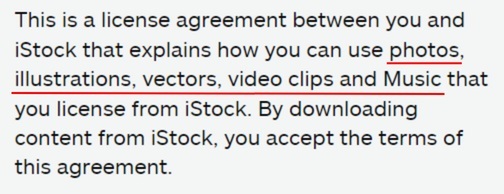
Payment Terms
This portion of the agreement outlines the payment terms for using the licensed content. You may encounter a one-time payment or a per-use payment structure. Additionally, the agreement may specify the preferred payment method and any penalties for non-payment.
Here's how TechChange writes this clause:
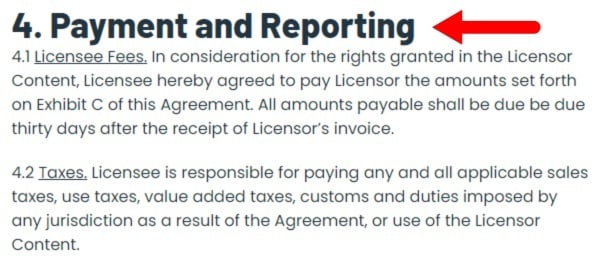
Content Ownership
This section outlines the ownership rights and responsibilities of both the Licensor and Licensee.
In the example below from TechChange, the policy states that the Licensor retains full ownership of their content and logos, and the Licensee does not gain any ownership rights to these assets through the agreement.
Similarly, the Licensee maintains ownership of their property, and the Licensor does not obtain any ownership rights or licenses to the Licensee's property:
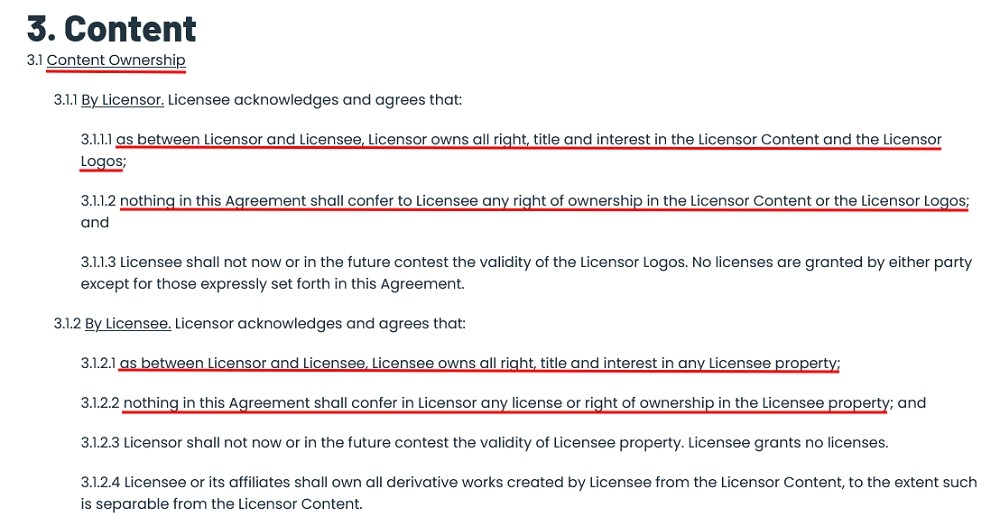
Allowed Use and Restrictions on Use of Content
This section explains how the licensee is permitted to utilize the licensed content.
Here's an example of this:

Non-Transferable License
The non-transferable/non-sublicensable section of a Content License Policy establishes that the rights granted to the licensee cannot be transferred or sublicensed to another party.
Here's an example from iStock:
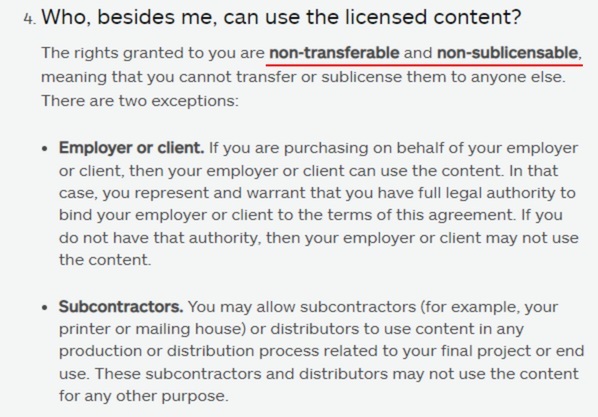
You should include this type of clause in your policy to maintain control over the distribution and usage of your content, protect your intellectual property rights, and prevent unauthorized sharing or sublicensing of the content.
Should a Content License Policy Be Included Within a Privacy Policy?

While it is possible to include the content of a Content License Policy within a website's Privacy Policy, it is not generally recommended. These two policies serve different purposes and should be kept separate to ensure clarity and proper understanding by users.
A Privacy Policy outlines how a website or online service collects, uses, stores, and shares user data. It should be transparent about the types of information collected, the purposes for which it is used, and any third parties with whom it might be shared.
Privacy Policies are legally required in many jurisdictions to ensure compliance with data protection laws, such as GDPR, the EU and the USA.
On the other hand, a Content License Policy outlines the terms and conditions related to the use, distribution, and sharing of the website's content. This policy typically covers topics such as intellectual property rights, permitted uses, restrictions on use, and user-generated content.
Combining these two policies into a single document may cause confusion for users and make it more difficult to navigate and understand. It is recommended to have separate, clearly labeled documents for each policy, with links to each policy prominently displayed on your website.
If you choose to combine them, be sure to organize the content in a way that clearly distinguishes the sections related to privacy and content licensing, and ensure the document is easy to read and understand for your users.
Should a Content License Policy Be Included Within a Terms and Conditions Agreement?

While it's not recommended to include a Content License Policy within a Privacy Policy, it is possible and more common to include the content of a Content License Policy within a website's Terms and Conditions agreement.
A Terms and Conditions agreement is a comprehensive document that establishes the rules, guidelines, and requirements for using a website or service. By incorporating the Content License Policy, you can address content-related issues, such as copyright and intellectual property rights, permitted uses, restrictions on use, and user-generated content within the overall framework of the agreement.
Here's an example of how this can be displayed within a Terms agreement:
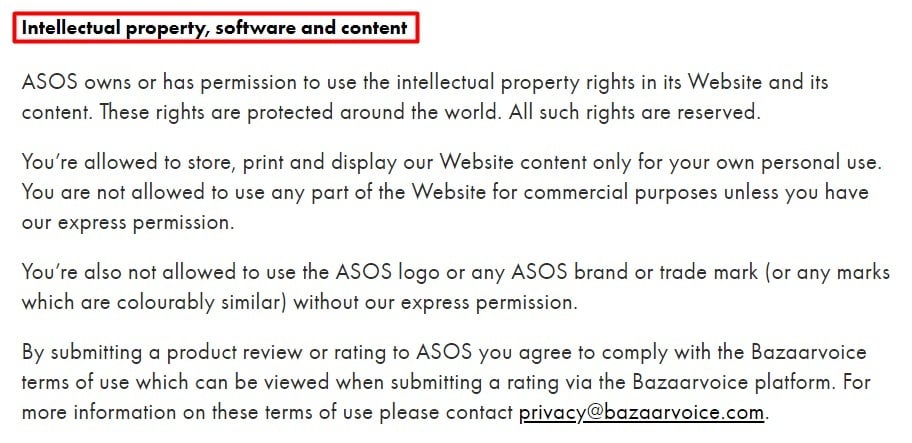
And another example to show how this type of clause can differ:
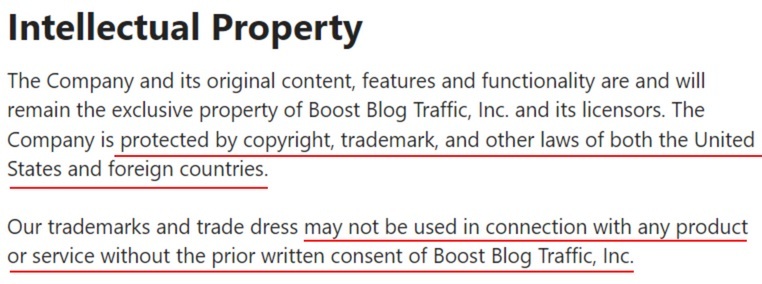
When including the content of a Content License Policy within a Terms and Conditions agreement, consider the following best practices.
Clearly Label the Section
Make sure to have a distinct section within your Terms and Conditions agreement that addresses content licensing and intellectual property rights. This will help users easily locate and understand the rules governing content usage.
Be Concise and Specific
Clearly explain the rights and restrictions associated with the website's content and user-generated content. Use specific and unambiguous language to minimize confusion or misinterpretation.
Update as Needed
Regularly review and update your Content License Policy and Terms and Conditions agreement to ensure they remain accurate and in compliance with relevant laws and regulations.
Prominently Display the Agreement
Ensure that users have easy access to the Terms and Conditions agreement by prominently displaying links on your website, during registration, or within the user interface of your service, as seen here in a website footer:
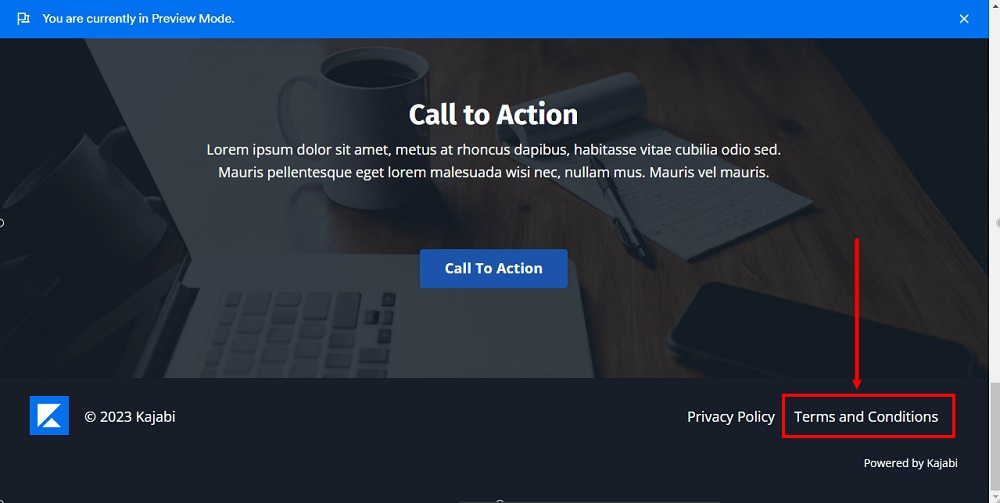
By integrating the Content License Policy into the Terms and Conditions Agreement, you can create a comprehensive legal framework that addresses both general usage rules and content-specific guidelines for your website or service.
Check out our feature article for more information: Where Should I Place My Terms and Conditions?
How to Display Your Content License Policy

When posting a Content License Policy on your website, it's essential to make it clear, accessible, and easily understandable for your users. Here are some steps to help you effectively display your Content License Policy.
Make it Visible
Place a link to your Content License Policy in your website's footer, which is a common practice for displaying legal documents. This way, it will be accessible from every page on your website.
Here's a footer space with important links where a Content License Policy could be added:
![]()
Include links to your Content License Policy in appropriate sections of your website, such as when users are uploading content or when they are browsing user-generated content.
Use Clear Language
Write your Content License Policy in plain, straightforward language to ensure that users can understand its terms and conditions. Avoid using excessive legal jargon.
This clause uses bullets and short sentences to help make the clause more readable. It also breaks the information down into different sections for different parties to make it less overwhelming for readers:

Use Headings and Subheadings
Organize your Content License Policy using headings and subheadings to make it easy to read and navigate. This will help users find specific information quickly.
Incorporate Responsive Design
Ensure that your Content License Policy is easily readable on different devices (desktop, mobile, tablet) by using a responsive design.
While the following is from a Terms agreement, it shows how you can format any policy to fit well and be very readable on devices such as smartphones:
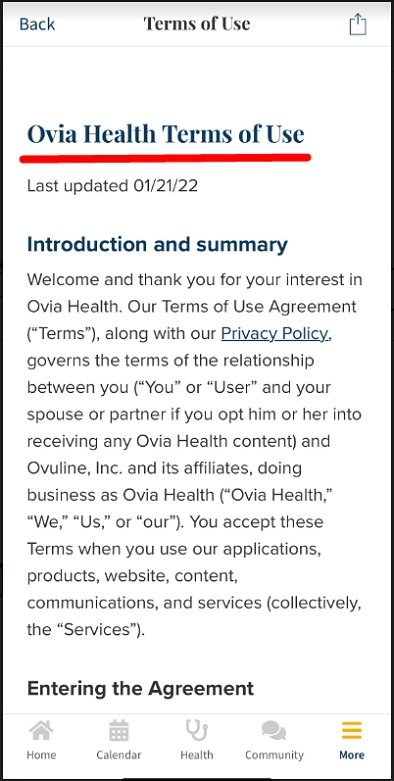
Update Users on Changes
If you make changes to your Content License Policy, notify your users through email, website notifications, or a blog post. This will ensure that they are aware of any updates and can review the new policy.
Here's an example of a pop-up update notice you can use on both an app and website:
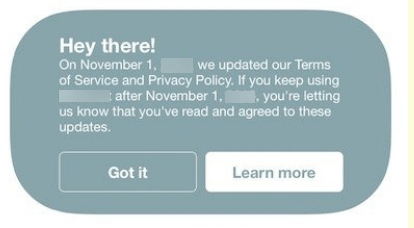
Provide a Summary
You can provide a brief summary of the main points of your Content License Policy on the main page, and then link to the full policy for users who wish to read more.
You can also use the first section of your policy as a place to summarize key points quickly for people who may not wish to read the entire policy in full.
Here's how this is done in a Privacy Policy, but the concept remains the same regardless of what type of policy it is:
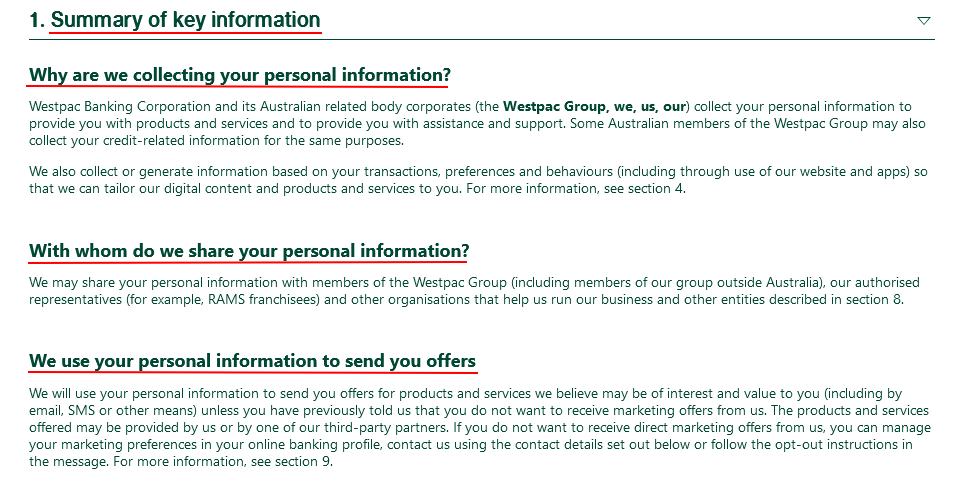
Allow For Questions and Feedback
Give users the opportunity to ask questions or provide feedback about your Content License Policy. This can be done through a dedicated contact form or email address, like this:

By following these steps, you can ensure that your Content License Policy is displayed in a user-friendly manner and easily accessible for all visitors to your website.
Summary
Content License Policies are vital legal documents that protect intellectual property rights and govern the use, distribution, and modification of content. As businesses increasingly rely on online content, these policies ensure transparency and foster trust with clients, partners, and users.
A Content License Policy enables organizations to legitimately repurpose or redistribute materials, enhancing their reach across various platforms.
Content License Policies involve granting permission to third parties for content use in exchange for compensation or other considerations. These agreements cover various media types, such as:
- Audio
- Data
- Images
- Software
- Text
- Video
Content License Policies protect intellectual property, clarify user rights, demonstrate transparency, comply with legal requirements, and encourage collaboration.
Common content licenses include:
- Copyright
- Creative Commons
- Royalty-Free
- Rights-Managed
- Public Domain
- Open Source Licenses
An effective Content License Policy should:
- Identify licensed content
- Detail payment terms
- Establish exclusivity
- Outline subsidiary licensing agreements
It is not recommended to combine Content License Policies with Privacy Policies, as they serve different purposes. However, incorporating a Content License Policy within a Terms and Conditions agreement is more common and can create a comprehensive legal framework addressing both general usage rules and content-specific guidelines.
To display a Content License Policy effectively, make it visible, use clear language, organize with headings, incorporate responsive design, provide a summary, and allow for user feedback.

Comprehensive compliance starts with a Privacy Policy.
Comply with the law with our agreements, policies, and consent banners. Everything is included.
